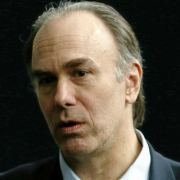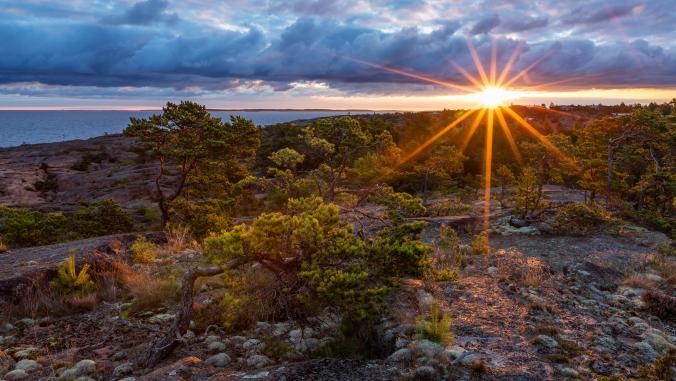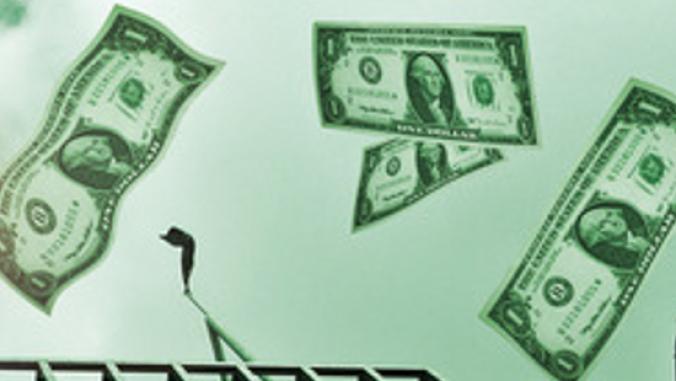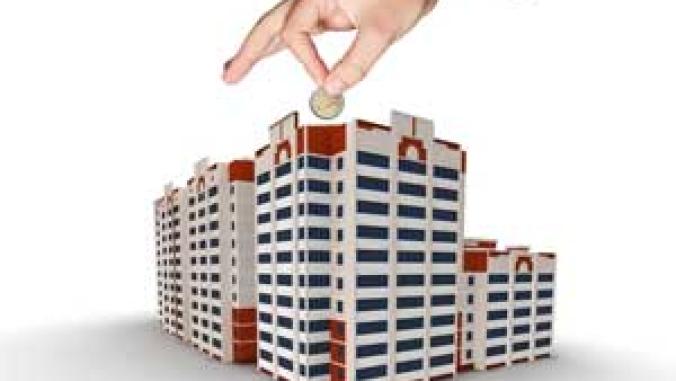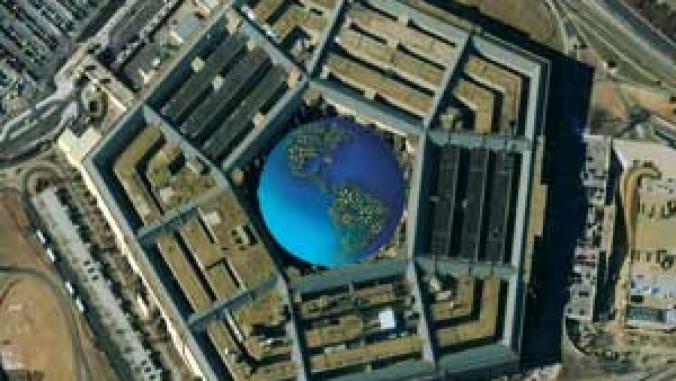A Toast to 2009 and the New Year
<p>This is my last post for 2009 and I wanted to thank all of our readers for visiting the GreenerBuildings.com site and for your kind words, encouragement and constructive criticism. I really enjoy hearing from you and always learn something</p>

(A3R) angelrravelor (A3R) http://www.flickr.com/photos/31319615@N00/342724437/
This is my last post for 2009 and I wanted to thank all of our readers for visiting the GreenerBuildings.com site and for your kind words, encouragement and constructive criticism. I really enjoy hearing from you and always learn something, so dear reader, next year . . . don't be a stranger!
This has been a year full of ups and downs. It began with the shocking loss of Gail Lindsey and Greg Franta, two of my dear friends and true embodiments of not only sustainability but also restoration and regeneration. Reflecting the adage, "that which does not kill you makes you stronger," the economic downturn has seen green buildings not only grow in market share relative to last year but grow in absolute numbers as we covered in the Green Building Market & Impact Report.
The year also saw the commitment of large amounts of stimulus funding for green buildings and the newly established energy centers at Lowe's should help the growing green DIY market in the residential sector as the monies are actually released in 2010.
 Significant advances in building management tools happened this year as Val Haskell notes in her piece about the major savings opportunities available to building owners through the installation of energy management software.
Significant advances in building management tools happened this year as Val Haskell notes in her piece about the major savings opportunities available to building owners through the installation of energy management software.
A case in point is Scientific Conservation's new SCIwatch, which provides automated continuous commissioning services and a unique "intelligent" artificial intelligence engine. SCI has just formed a strategic partnership with Natural Logic, which is run by my long-standing comrade-in-arms, Gil Friend. It should be a great match: The constant "eyes on the ground" intelligence of SCIwatch combined with the wise business strategy of Natural Logic will be a powerful combination for any client.
Consistent with the Rocky Mountain Institute's quest for (reinvented) fire, analyst Cameron Burns discusses the recent advances in photovoltaic (PV) technology and improvements in the overall lifecycle cost picture, as well as confirmed experience that photovoltaic panels last approximately 50 percent longer than originally predicted, meaning that there that energy and cost footprint is significantly better. This new information reflects one of Watson's Five Keys to Green Building Success: No. 2 Discard Old Thinking.
 Gradually, Americans themselves are discarding their old thinking about lighting, and this change in old ways is about to receive a not so gentle nudge from Congress. According to a newly released study by Osram Sylvania, non-incandescent lighting is found in an increasing number of homes -- with compact fluorescents now found in over 70 percent of homes. The congressional impetus comes from the 2007 Energy Independence and Security Act, which mandates a phase-out of 100-watt light bulbs beginning in 2010.
Gradually, Americans themselves are discarding their old thinking about lighting, and this change in old ways is about to receive a not so gentle nudge from Congress. According to a newly released study by Osram Sylvania, non-incandescent lighting is found in an increasing number of homes -- with compact fluorescents now found in over 70 percent of homes. The congressional impetus comes from the 2007 Energy Independence and Security Act, which mandates a phase-out of 100-watt light bulbs beginning in 2010.
As Siemens' Ari Kobb notes, LEED for Existing Buildings: Operations & Management finally hit its stride in 2009 and, although the year is not quite finished, Cushman & Wakefield seems to have clinched the prize for the largest Gold-certified LEED existing building with 525 Market Street in San Francisco.
Speaking of The City By the Bay, commercial brokerage firm NAI BT analysis of the San Francisco office lease market shows that LEED buildings have a 60 percent lower vacancy rate than non-certified buildings: 9.7 percent vs. 15 percent. I'm sure all the real estate "geniuses" that passed over LEED certification because it didn't make economic sense are popping the cork about now. SF Mayor Gavin Newsom writes about the city's Green Building Task Force recommendations for how to meet the his ambitious goal to reduce non-residential energy use 50 percent by 2030.
 Not to be outdone, my lovely home metropolis of New York just passed the country's most sweeping and ambitious green building ordinance, though as Leanne Tobias notes they had planned to go much further, only to be derailed by short-term concerns about the current depressed state of the real estate market. If I had to guess, the vacancy rates of LEED certified buildings relative to non-green buildings in the Big Apple probably mirrors that of San Francisco.
Not to be outdone, my lovely home metropolis of New York just passed the country's most sweeping and ambitious green building ordinance, though as Leanne Tobias notes they had planned to go much further, only to be derailed by short-term concerns about the current depressed state of the real estate market. If I had to guess, the vacancy rates of LEED certified buildings relative to non-green buildings in the Big Apple probably mirrors that of San Francisco.
This year's Look-Grandpa-I-picked-up-the-$20-bill-you-said-was-fake-but-it's-real winner is the building industry as a whole for embracing LEED and green buildings at the mainstream level. I hope you-all have a blessed holiday season and a happy, healthy and prosperous New Year.
Rob Watson is the executive editor of GreenerBuildings.com. You can reach Rob at [email protected] or follow him on Twitter @KilrWat.
Images CC licensed by Flickr users (A3R) angelrravelor (A3R), doug88888, eriwst and The Gifted Photographer.
